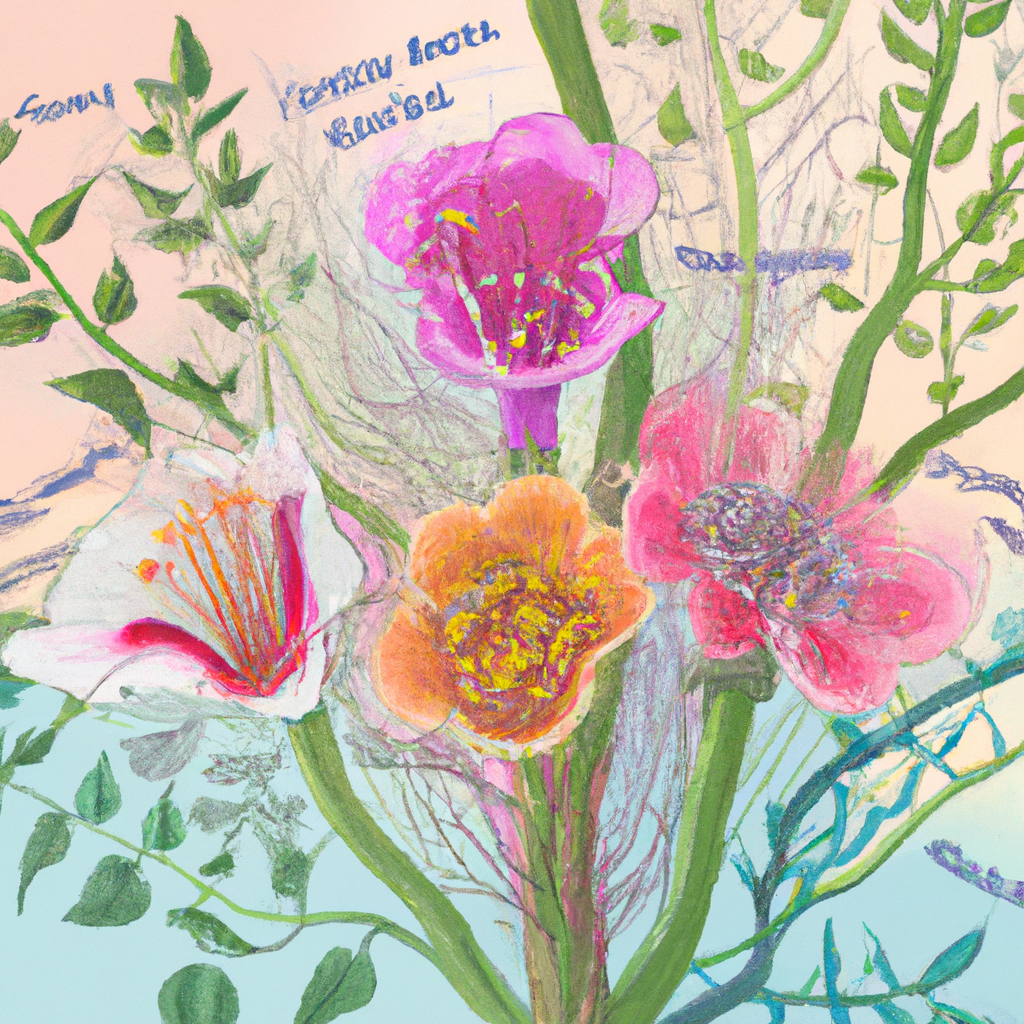Understanding the natural world involves decoding the relationship between different forms of life. A common question often arises: are flowers considered plants? This question might seem straightforward, but it involves a deeper exploration into botany, the science of plant life.
Defining Plants
Plants are a large and diverse group of organisms that belong to the kingdom Plantae. Historically, the term plant covered a variety of living things that grow in one main spot and use photosynthesis to produce food, a process that converts light energy into chemical energy. They include a wide array of organisms such as trees, herbs, bushes, grasses, vines, ferns, mosses, and even algae.
Plants are characterized by features such as roots, stems, leaves, and reproductive structures that can include flowers or cones. They are primarily terrestrial and use chlorophyll to capture light, which is essential for photosynthesis.
Understanding Flowers
Flowers, on the other hand, are the reproductive structures of flowering plants, scientifically known as angiosperms. Their main function is to facilitate reproduction, mainly through the mechanisms of pollination and fertilization. Flowers can vary significantly in appearance, size, shape, and color. Typically, a flower contains petals, sepals, pistils, and stamens. These parts work together to ensure the successful reproduction of the plant.
Clarifying the Relation
From the above definitions, it becomes clear that the relationship between flowers and plants is that of a subset to a set. All flowers are part of plants, specifically those classified as flowering plants or angiosperms. However, not all plants produce flowers. Some plants reproduce using other methods and structures, such as cones in conifers or spores in ferns and mosses.
Flowering plants form the largest group within the plant kingdom, comprising approximately 90% of the plant world, which underscores the common, but not universal, presence of flowers in plants.
Evolutionary Perspectives
The evolution of flowers has been a significant event in the history of plant life on Earth. Flowers are believed to have evolved around 140 million years ago in the Cretaceous period. Before this, plants existed for millions of years and reproduced without flowers through more primitive means. The development of flowers is seen as an advanced reproductive strategy that improved the efficiency and spread of plants, contributing to their vast diversification.
The Functionality of Flowers
The primary function of flowers is reproduction. Flowers attract pollinators like insects, birds, and bats with their colors, smells, and shapes — each adapted to specific types of pollinators. After pollination occurs, flowers generally go on to produce fruits and seeds, which play a critical role in the dispersal of the plant's offspring. This cycle ensures the continuation and genetic diversity of plant species.
In Conclusion
Flowers are indeed plants, more specifically, integral parts of certain types of plants known as angiosperms. Their role as reproductive structures is vital for the survival and propagation of plant species. Understanding this relationship not only enhances our knowledge of botany but also helps us appreciate the complexity and beauty of the plant kingdom.
In gardening, environmental science, and agriculture, recognizing the relationship between flowers and plants is fundamental. This knowledge guides effective planting strategies, conservation efforts, and even the study of ecosystems, making it crucial for anyone involved in working with or studying plants.
Shop our selection of freshly cut flowers. We grow our own to make them affordable. All floral arrangements are available for same day delivery.
